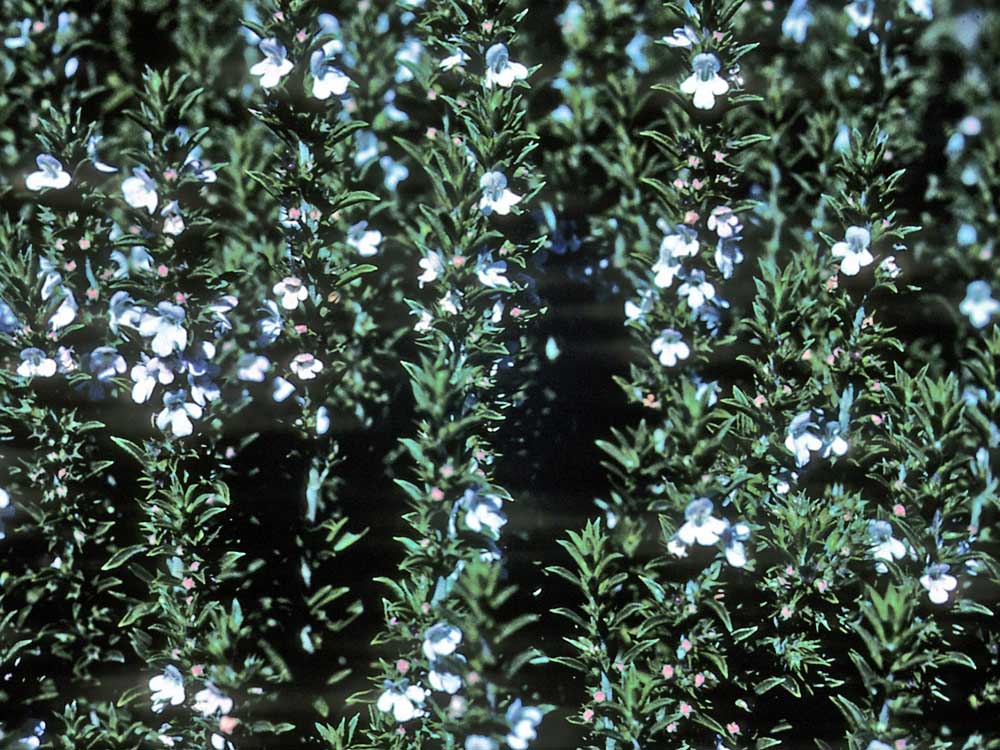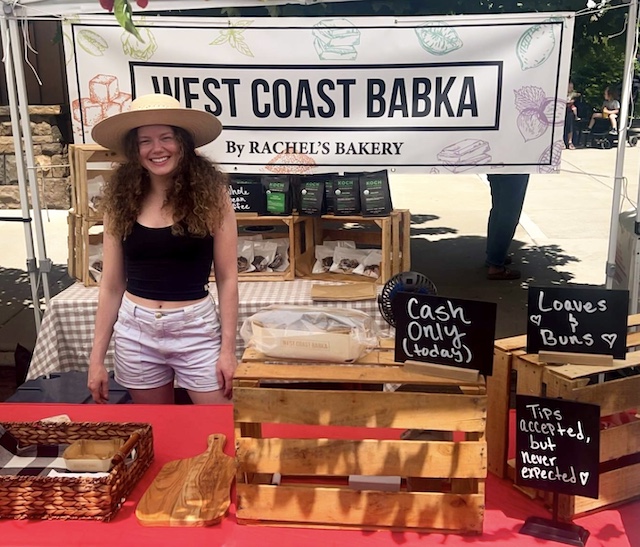Savory: Herb of the year
Published 12:00 am Tuesday, January 20, 2015

- R.A. Howard, USDA-NRCS PLANTS Database / Submitted photoFor hundreds of years, according to Rodale’s Encyclopedia of Herbs, winter savory, pictured above, and summer savory had a reputation for regulating sex drive.
I have been spending time gathering information on the “2015 Year of the _______”; there are many blanks to fill in. There are the selections from horticultural societies, landscapers and garden designers, specialty nurseries and just plain old home gardeners.
I was especially pleased to learn that my favorite herb, savory, has been designated as the 2015 Herb of the Year by the International Herb Association. The association was established in 1991 and in 1995 established the annual award to give national attention to herbal uses and businesses. The evaluations are based on the herb being outstanding in at least two of the three major categories: medicinal, culinary or decorative. National Herb Week is celebrated annually the week prior to Mother’s Day.
There are two savories being recognized. The annual summer savory (Satureja hortensis) and the woody perennial winter savory (Satureja montana).
The primary use of the herb is in cooking. The two savories were the strongest cooking herbs available to Europeans prior to the introduction of black pepper and other tropical spices brought in with the spice trade.
According to Rodale’s Encyclopedia of Herbs, for hundreds of years both savories had a reputation for regulating sex drive. Winter savory was thought to decrease sexual desire, while summer savory was said to be an aphrodisiac. Three guesses which became the more popular of the two!
Herbalist Nicholas Culpepper felt savory was good for asthma and also recommended savory as a cure for deafness. The uses have been widely varied. It seems whatever you suffered from, savory was the answer either in a tea or an applied poultice.
Summer savory has a peppery taste, much like thyme. Winter savory has a piney, biting taste. Savory is included as an ingredient in Herbes de Provence and can be added in the French culinary herbal bouquet known as fines herbs (pronounced FEENZ-erb).
Savory complements beef soup and stews and chicken dishes. It is a traditional seasoning for green beans and peas and can also be used to enhance rutabagas, asparagus, onions, cabbage and lentils.
Growing savory
Before we can enjoy the culinary attributes, we need to know how to grow it.
Savory is a member of the mint family without the nasty invasive root systems of many of the Lamiaceae family. Since the plants grow quickly, the summer savory may be planted at regular intervals if a continual supply of the fresh herb is desirable. The herb grows and produces best in full sun, average soil and moderate water. Too much water on the winter savory will possibly prevent it from overwintering.
Summer savory is more aromatic than the winter savory and, in general, a more delicate-appearing plant. Tender tips can be cut at any time during the season. By the time the plant begins to blossom, the whole plant can be pulled up, ready for drying.
The perennial winter savory can be started from seed or propagated from tip cuttings. The plant is more shrub-like with thicker and shinier leaves than its summer cousin, creating an appearance of a mini hedge. A 2-foot spacing is recommended to accommodate the woody stalk growth.
Both savories bloom and are a big draw for bees. I have grown the winter savory in an open garden without the plants being of interest to the deer, which I attribute to the plants being aromatic. Does it mean the savories are deer resistant? Maybe till they stop and taste.
Storing savory
Storing of both varieties is the same. Fresh leaves can be kept in a plastic bag in the refrigerator, or chopped finely and frozen in ice cube trays.
For best drying results, savory should be harvested just before the plant flowers. Hang in a dark, warm, well-ventilated place or lay them in screening or paper in a warm shady place. When dry, strip leaves from the stems and store in airtight jars. And don’t forget to label with variety and date dried.
This is a little heads up — I suspect that the annual Master Gardeners Plant Sale held June 6 will have both summer and winter savory for sale.
This year’s sale will be in Redmond at the OSU Extension campus.
— Reporter: douville@bendbroadband.com






